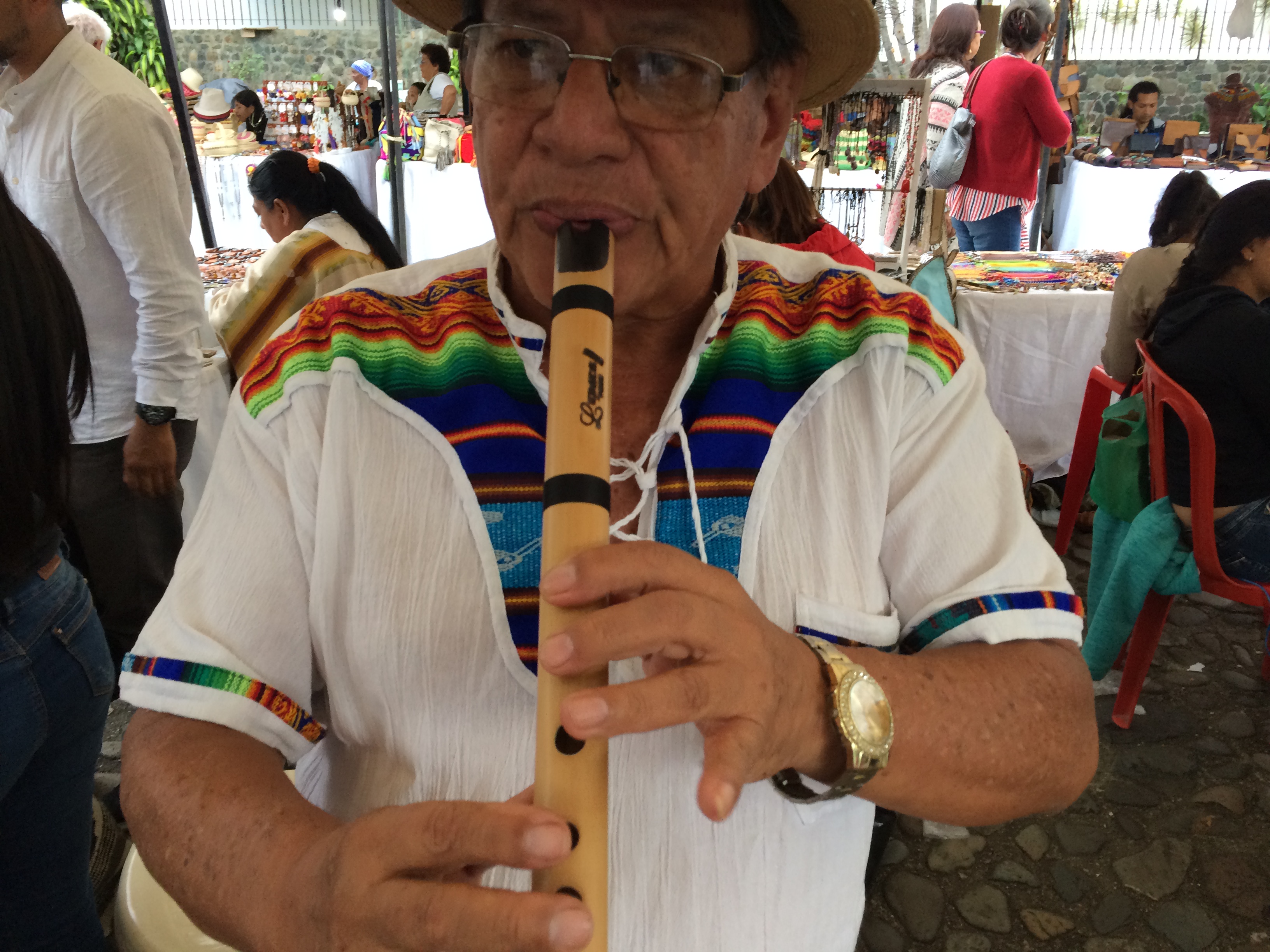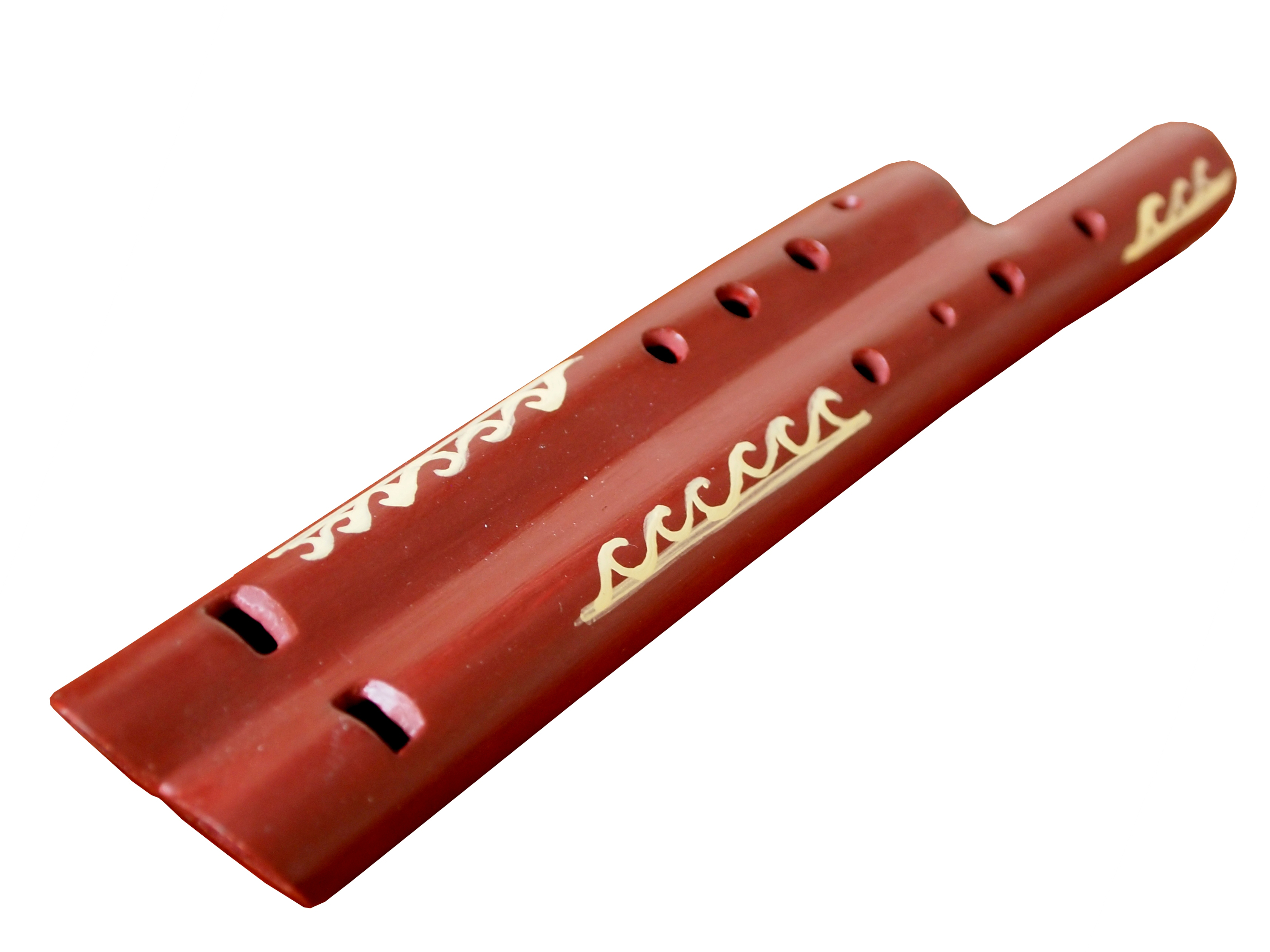The Inca culture, which flourished in ancient Peru from about the 15th century until the arrival of the Spanish conquistadors in the 16th century, had its own musical and tuning practices. Although we do not have detailed records of how they precisely tuned their instruments, we can infer some things about their music and tuning based on the information available about their instruments and musical traditions.
The Incas used a variety of musical instruments, some of which included:
1. **Quenas**: As I mentioned previously in another article, quenas are wind instruments from the flute family that were played by blowing air through them. The tuning of the Inca quenas could vary, but they were generally adapted to the pentatonic scale, which consists of five notes and is common in many musical cultures around the world.
2. **Drums and percussion**: The Incas also used drums and other percussion instruments. The tuning of these instruments may vary depending on their construction and specific purpose. Hand drums, for example, were tuned by hitting different areas of the drum surface to obtain different pitches.
3. **String instruments**: The Incas did not know string musical instruments until Spanish colonization. When they discovered the guitar, they modified it until they obtained the "charango", a type of small string guitar, similar to the lute. The tuning of these instruments was probably based on specific scales and varied depending on the music to be performed.
4. **Ceremonies and rituals**: Music in Inca culture played
a fundamental role in religious ceremonies and rituals. In these cases, the
tuning could have been related to spiritual and symbolic aspects of the music,
rather than a specific tuning in terms of Hertzian frequencies. In summary,
although we do not have exact tuning in hertz like that used in contemporary
Western music, we know that Inca music was based on specific scales and modes,
and that instruments were tuned according to their musical and cultural
traditions. Inca music played an important role in the life of this ancient
civilization, both religiously and socially, and followed musical patterns and
structures specific to their time and culture.













